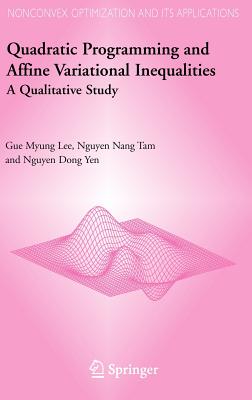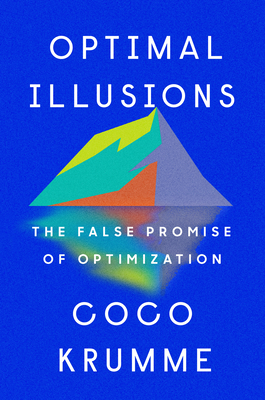
Quadratic Programming and Affine Variational Inequalities: A Qualitative Study (Nonconvex Optimization and Its Applications #78)
Description
Quadratic programs and affine variational inequalities represent two fundamental, closely-related classes of problems in the t, heories of mathematical programming and variational inequalities, resp- tively. This book develops a unified theory on qualitative aspects of nonconvex quadratic programming and affine variational inequ- ities. The first seven chapters introduce the reader step-by-step to the central issues concerning a quadratic program or an affine variational inequality, such as the solution existence, necessary and sufficient conditions for a point to belong to the solution set, and properties of the solution set. The subsequent two chapters discuss briefly two concrete nlodels (linear fractional vector optimization and the traffic equilibrium problem) whose analysis can benefit a lot from using the results on quadratic programs and affine variational inequalities. There are six chapters devoted to the study of conti- ity and/or differentiability properties of the characteristic maps and functions in quadratic programs and in affine variational inequa- ties where all the components of the problem data are subject to perturbation. Quadratic programs and affine variational inequa- ties under linear perturbations are studied in three other chapters. One special feature of the presentation is that when a certain pr- erty of a characteristic map or function is investigated, we always try first to establish necessary conditions for it to hold, then we go on to study whether the obtained necessary conditions are suf- cient ones. This helps to clarify the structures of the two classes of problems under consideration.
















